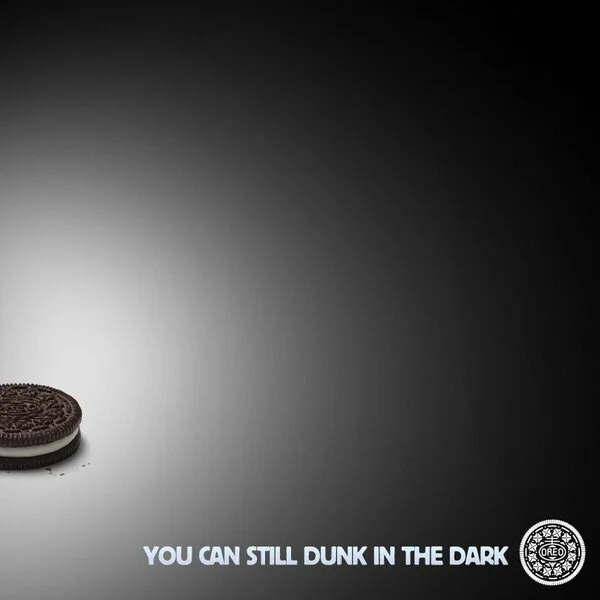Rapid Response Marketing and Brand Engagement
In today’s fast-paced, digital culture, rapid response marketing has become a transformative tool for building brand engagement and capitalizing on unexpected moments. A brilliant example of this occurred in 2023 when baseball phenom Shohei Ohtani hit a foul ball that knocked out a section of the illuminated Coors ad in New York’s Citi Field, leaving a black square on the LED display. Rather than simply repairing it, Coors seized the moment. They quickly altered their ad campaign to highlight the black square, creating a viral connection with baseball fans. They launched a clever tagline, “Hits the Spot,” in Ohtani’s home stadium and within 48 hours produced limited-edition cans featuring the black square, which sold out in less than 24 hours. This level of agility and creativity speaks volumes about the power of rapid response campaigns to capture public attention in ways that traditional marketing often misses.
Similarly, during the 2013 Super Bowl blackout, Oreo famously tweeted, “You can still dunk in the dark,” demonstrating how a timely and witty response can turn an unexpected situation into a branding win. These campaigns highlight the value of quick thinking, humor, and creativity in today’s marketing landscape.
Another great example is Aldi’s response to competitor Cuthbert the Caterpillar’s controversy in 2021. Aldi’s playful #FreeCuthbert campaign turned a legal dispute over copyrights for cake designs into a viral sensation that captured the public’s imagination.
Generative AI can further accelerate these rapid responses, enabling companies to quickly design campaign elements, test variations, and generate content. However, true impact relies on human intuition, comedy, and timing—elements that no AI can replicate. AI can augment and support, but human creativity and intuition remain irreplaceable when crafting campaigns that resonate deeply with audiences.


